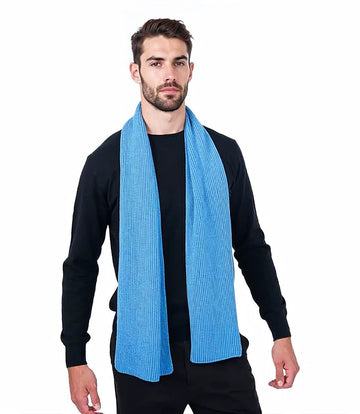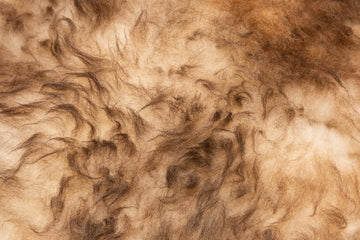During bitterly cold, snowy weather, there are few better pleasures than slipping on pieces of cashmere clothing and lounging in front of a roaring fire as the world freezes outside.
Cashmere, particularly the softer underbelly fibres that are combed from the Kashmir goat, are amongst the finest and softest fibres you can find in the world.
In fact, the only material that is softer has been illegal for over four decades, as it was so desperately coveted that it nearly wiped out the animal that it comes from.
The King Of Wools
Discovered around a similar time to cashmere and pashmina wrap, shatoosh (Persian for “king of wools”) is the finest animal fibre in the world and comes from the chiru or Tibetan antelope.
Whilst Kashmir shawls were an important part of royal ceremonies and were typically gifted to people who were held in high renown to Emperor Babur and later his grandson Akbar, shatoosh was so rare that it was coveted by the later and was associated entirely with Mughal royalty.
Chirus are wild animals that cannot be easily domesticated, which means that they could not be farmed, combed and taken care of like cashmere and pashmina, but instead were hunted for their wool. Three chirus were poached for each shatoosh scarf made.
It can be found in black, white and red, but due to its fineness cannot be dyed easily, so it was usually worn in its natural colours.
Eventually, alongside cashmere, it would begin to enter trading routes as an almost impossibly luxurious fabric made by master artisans in Kashmir.
This is where the problems really began.
The Unethical Status Symbol
Cashmere can be harvested ethically through careful combing, but given that there is no way to do the same for shahtoosh, as more people wanted the material, more poachers were assigned to find, kill and skin the Tibetan antelope for it, take it to master artisans and make more wool.
This intensified significantly by the 1950s, as chirus were hunted at an almost industrial level, to the point that their population dropped by 95 per cent from 1m in 1950 to as few as 50,000 in 1998, making it a critically endangered species at risk of extinction.
This led to the material being placed on the Convention on International Trade in Endangered Species of Wild Fauna and Flora (CITES) species list Appendix I.
Initially, this did not seem to stop demand, and at one point shatoosh scarves cost as much as £18,000, but in 1997 this seemed to turn around.
Part of it was more stringent testing and discoveries about shatoosh that made it easy to detect under a microscope. The other part was the installation of a nature reserve by the Chinese Government specifically to protect the Tibetan antelope.
This helped to push the shatoosh market underground, especially once people started to be fined and imprisoned for it.
Since then the chiru population has rebounded to around 150,000, changing its status to near threatened, and there is a belief that the population is also increasing.














